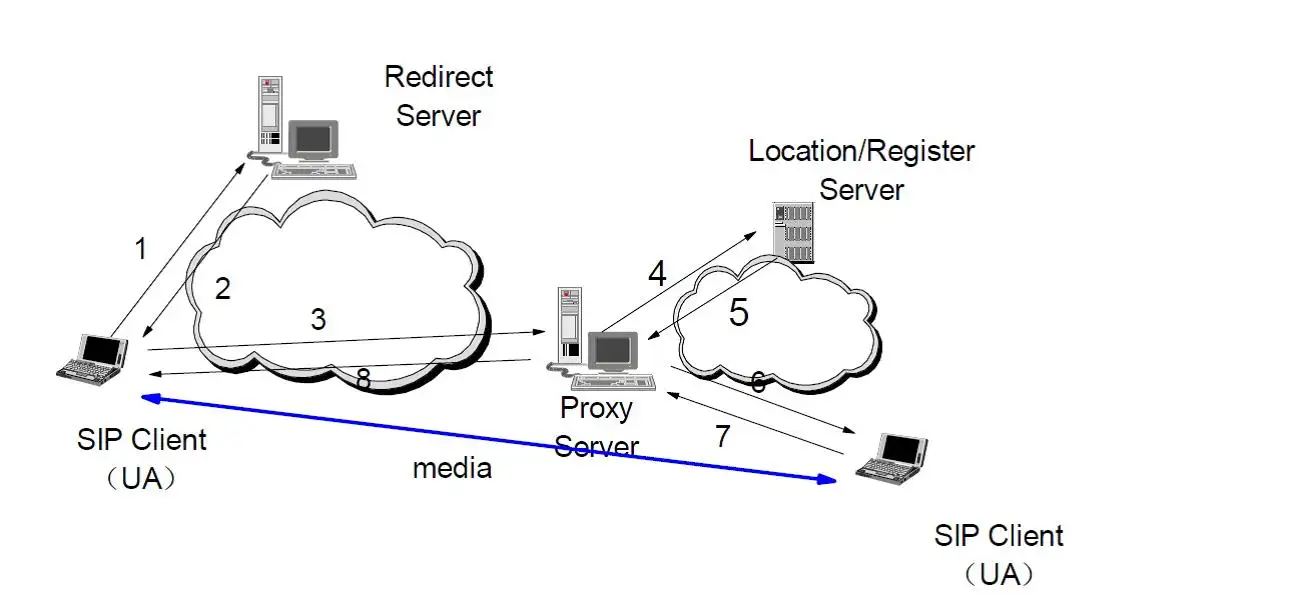Depending on the configuration, proxies can perform various tasks. For example, they can be used to optimize load balancing in a network. To do this, the proxies distribute requests to a group of servers, improving capacity utilization and network performance. Proxies can also be used to control the available bandwidth.
Furthermore, a proxy server can make changes to the data sent when transmitting requests. For example, it can encrypt the data to keep it from being read during transfer.
Proxies can also speed up access to information by storing the results of user requests in the server’s cache for a specified time. This is achieved by using a caching proxy that manages a local copy of frequently requested web content.
As a result, service requests can be accelerated by retrieving content from the servers’ cache if it has been previously requested by another client on the same network. In this way, a significant reduction in bandwidth usage and associated costs can be achieved.
Monitoring and filtering user requests through proxies
Proxies can be used to filter user requests and block access to certain internet content or web pages. This can be achieved by using a web proxy with content filtering. These proxies are usually used in companies or educational institutions with strict internet usage guidelines.
Blocking certain websites and restricting access to certain keywords and censoring unwanted content are the basic functions of these proxies. However, certain web proxies can be used to circumvent geo-constraints and censorship rules.
Furthermore, anonymous proxy servers can be used to make online activities anonymous. This type of proxy transmits requests to a content server, hiding the client’s IP address and modifying other identifiable data such as HTTP headers.
Thus, the content server does not know the identity of the source of the request. Only the proxy knows where that request comes from.Proxies can also be used to deliver advertisements targeted to specific geographic regions.
The servers verify the source IP address of the user query and determine the geographical location of the request using a GeoIP database to ensure that the ads displayed are relevant to the user’s location.
Another application of proxies is the translation of website content into the local language of the client. Responses to requests sent by local users are replaced by translated content from the source website and returned through the proxy server.
